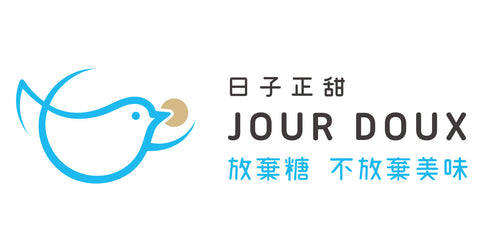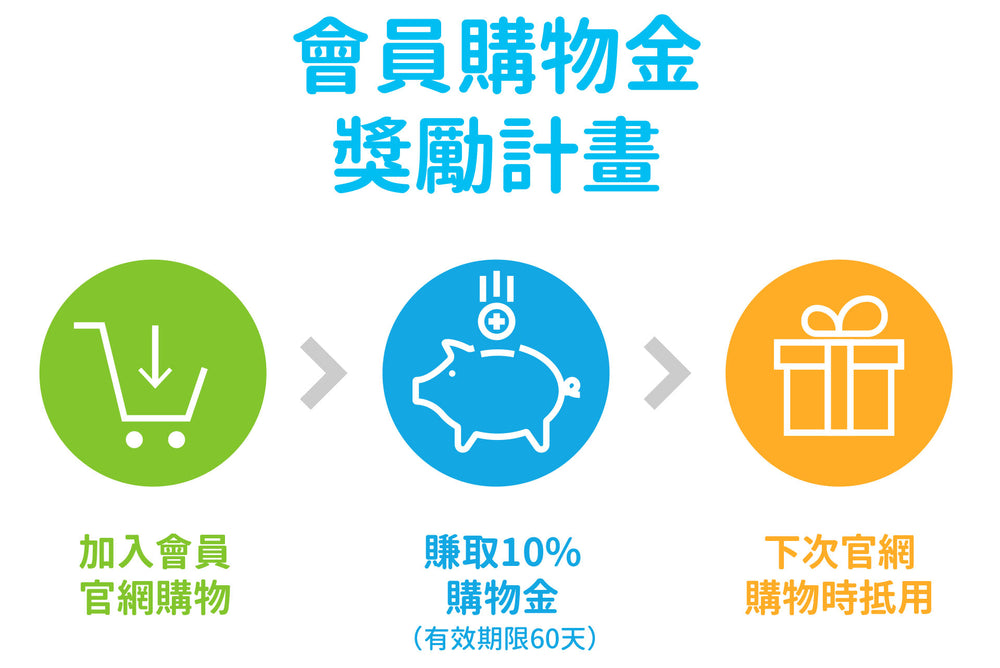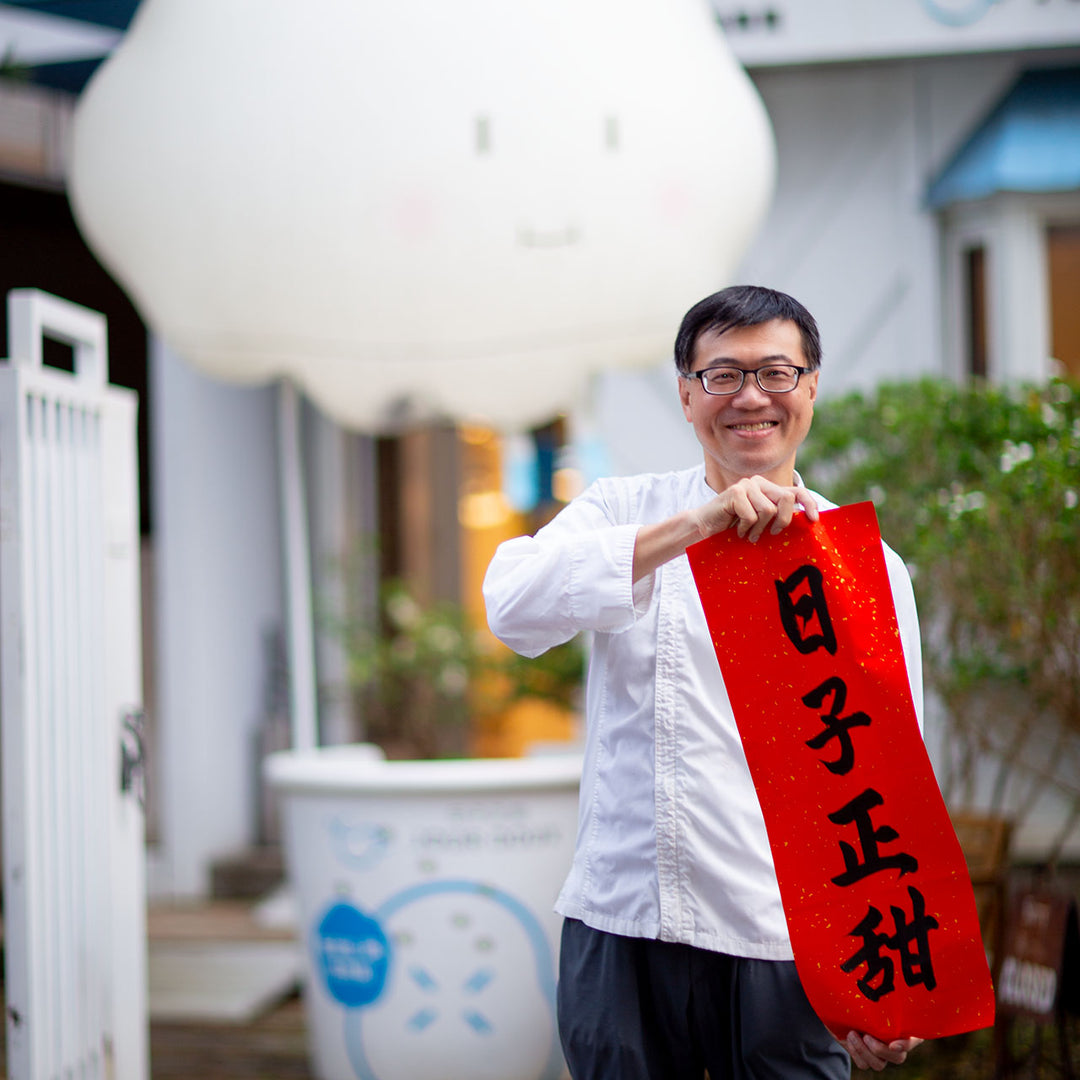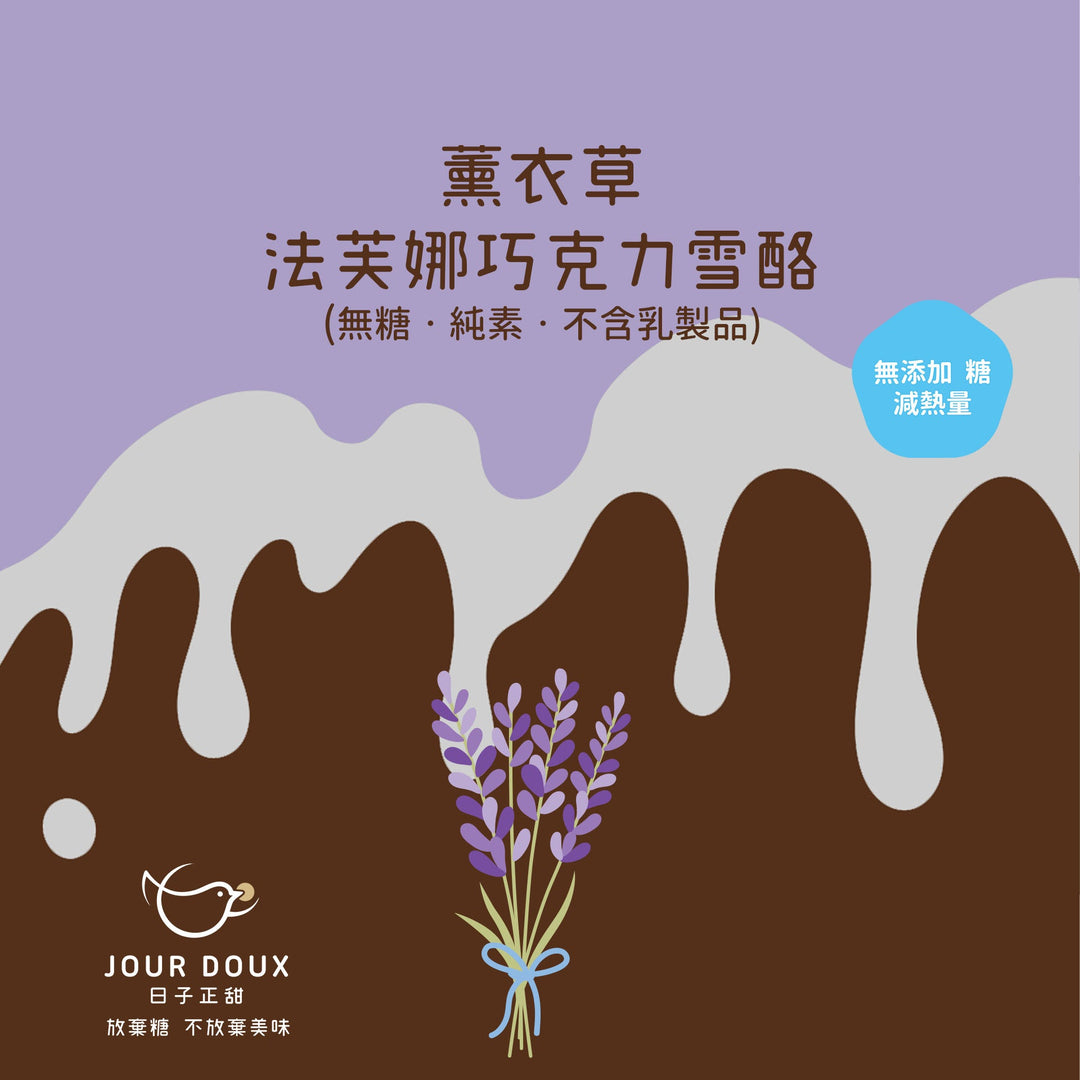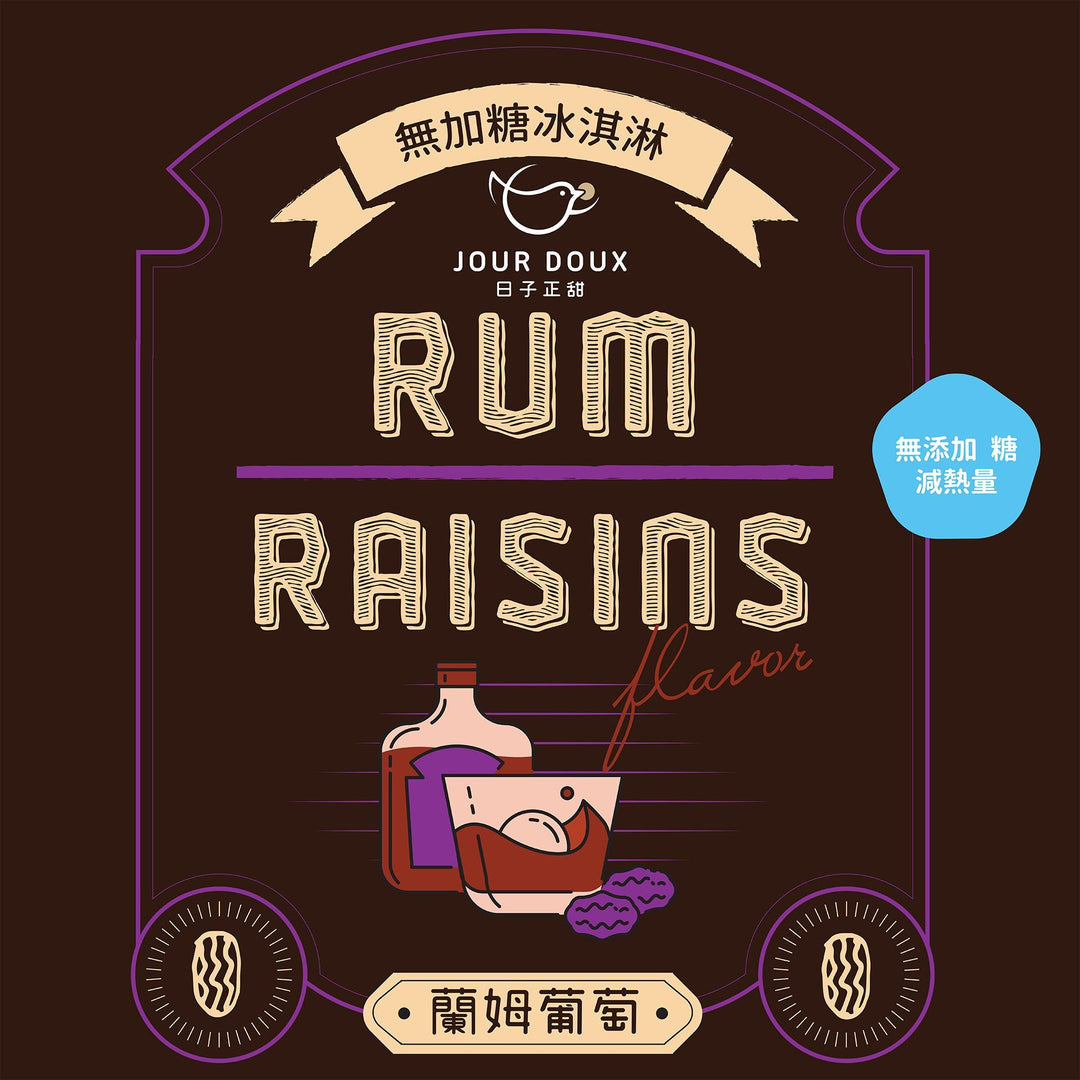Is obesity a disease of affluence?
According to the survey conducted by the National Health Bureau in 2014, the prevalence rate of overweight and obesity (BMI>24) among Taiwanese men is as high as 48.9% , and even that among women is 38.3% . The rate of obesity also increases with age. The habit of the Chinese is to eat more, and one of the key points of leisure and entertainment is to find where there is good food. No matter how tired you are, you have to wait in line for delicious food, no matter how much money you spend. As for exercise, I was too tired to go to work and the weather was too hot, so I had to pass first .

According to the statistics of the World Health Organization (WHO), as the national income of a country increases, the prevalence of obesity will also increase accordingly. But obesity is not a disease of the rich. According to the research report of the WHO, if the income level of the surveyed people is divided into 5 equal parts, the higher the income group, the lower the proportion of obesity; relatively the lower the income group , the proportion of obesity is the highest. This also echoes the findings of the National Health Service. The National Health Bureau makes statistics on the prevalence of overweight and obesity by counties and cities. From 2012 to 2014, the three most obese counties and cities in Taiwan were Taitung County, Hualien County and Pingtung County. The three counties and cities with the lowest prevalence rates are Taichung City, Hsinchu City and Taipei City. Counties with lower average income have higher obesity rates. Counties and cities with more job opportunities have relatively lower obesity rates.

Research by WHO shows that in developed countries, food is easy to obtain, but high-calorie foods are often cheaper, so people with low socioeconomic status have a higher incidence of obesity. From 2004 to 2006, some scholars also investigated 372 items of food sold in supermarkets in the Seattle area , and found that among high-calorie foods, the average cost per 1,000 calories was 1.76 US dollars; The average cost is $18.16, and the price difference is as high as 10.3 times. In addition, the lower-income group pays less attention to, and has less budget and time to engage in leisure activities such as sports, and regards eating as an important pastime to relieve stress.

However, looking at Taichung City, which has the lowest prevalence of obesity in Taiwan, there are still more than one-third of 36% of the nationals with a BMI index greater than 24 ( based on a male with a height of 175 cm, the weight is greater than 73.5 kg ) , which is still on the high side. . Due to the busy schedule of work, the proportion of Chinese people eating out is relatively high. In order to cater to the tastes of the public, most of the food eaten outside is rich in oil, sugar and calories. Due to long working hours, hot weather and air pollution, most people who consume these high-calorie junk foods do not develop the habit of regular exercise to consume these excess calories. The result is of course the accumulation of body fat that begins to change. fat. The fatter you are, the more afraid you are of heat, the more lazy you are to move, and you become fatter and fatter under a vicious circle.

So obesity is not a symbol of wealth. Obesity can easily lead to cardiovascular disease and diabetes, and it is definitely not a symbol of luck. Compared with the overweight white-collar or pink-collar class in Asia who indulge in eating and drinking, the middle class in Europe and the United States are usually more afraid of death and more healthy. They avoid eating out unless necessary, pay attention to the quality of the ingredients and not the weight, and maintain good eating habits. Despite the busy work schedule, he still maintains regular exercise habits to maintain a healthy and appropriate posture. Let us encourage everyone to put aside the Asian value of diet and compare our health and wealth with Western concepts!
